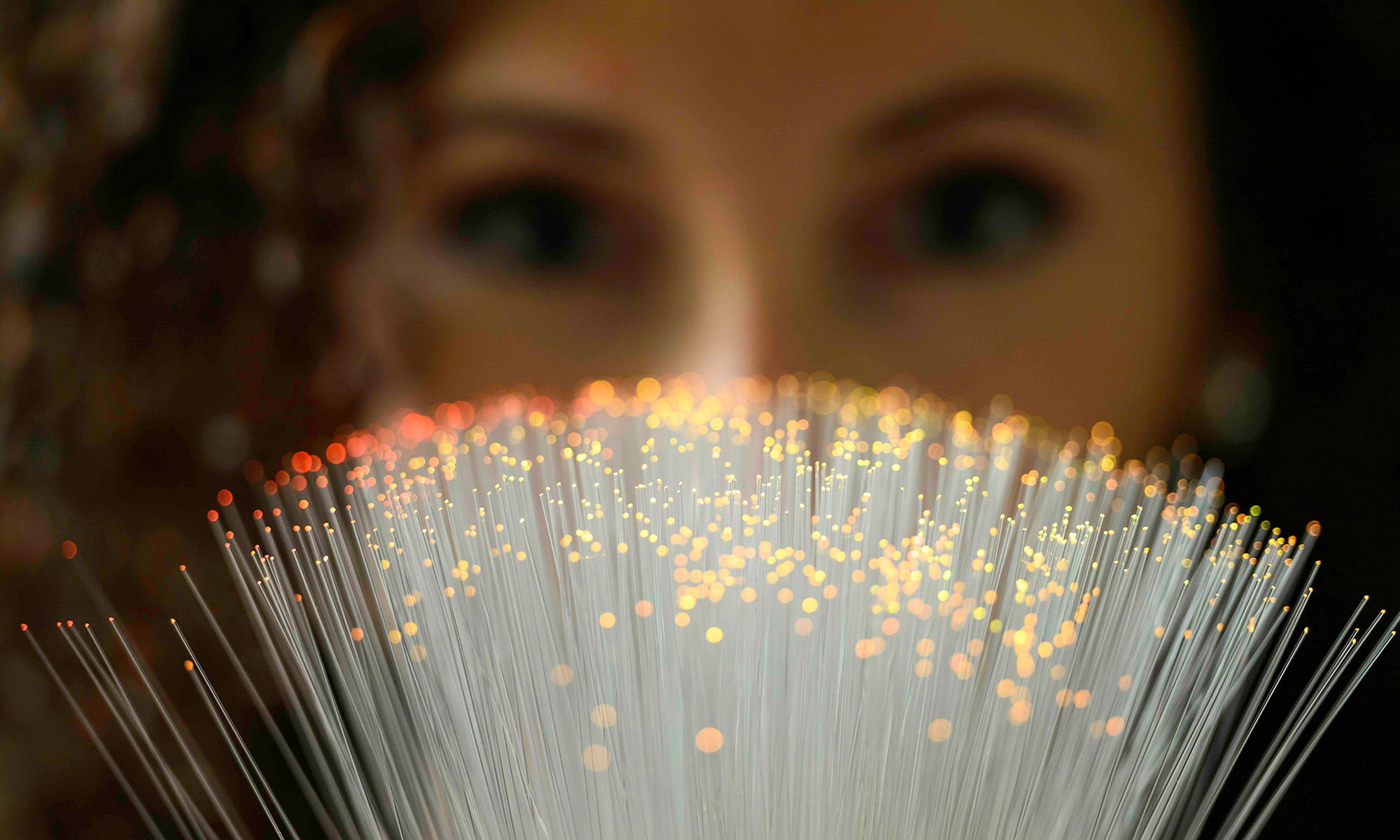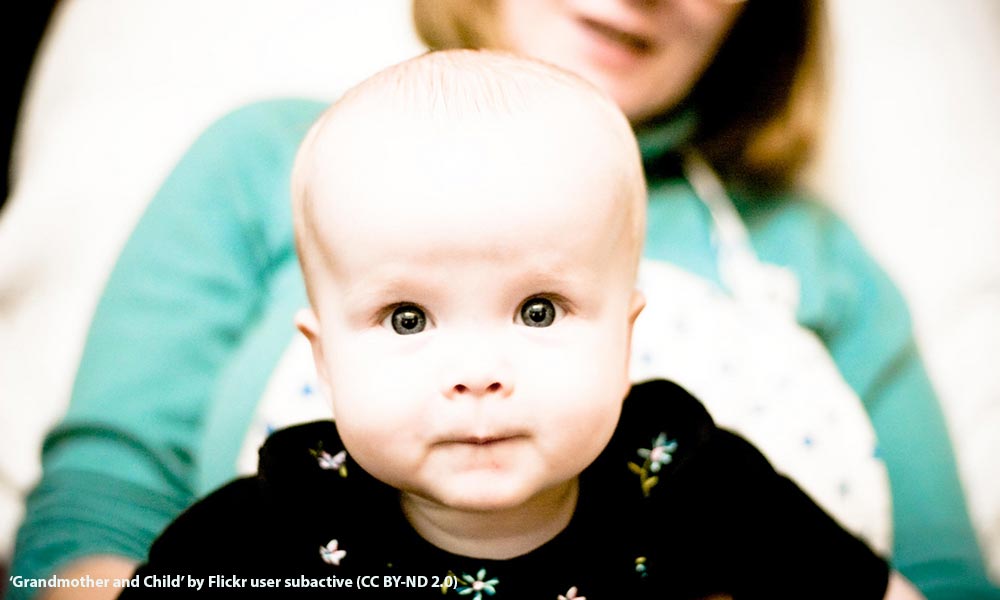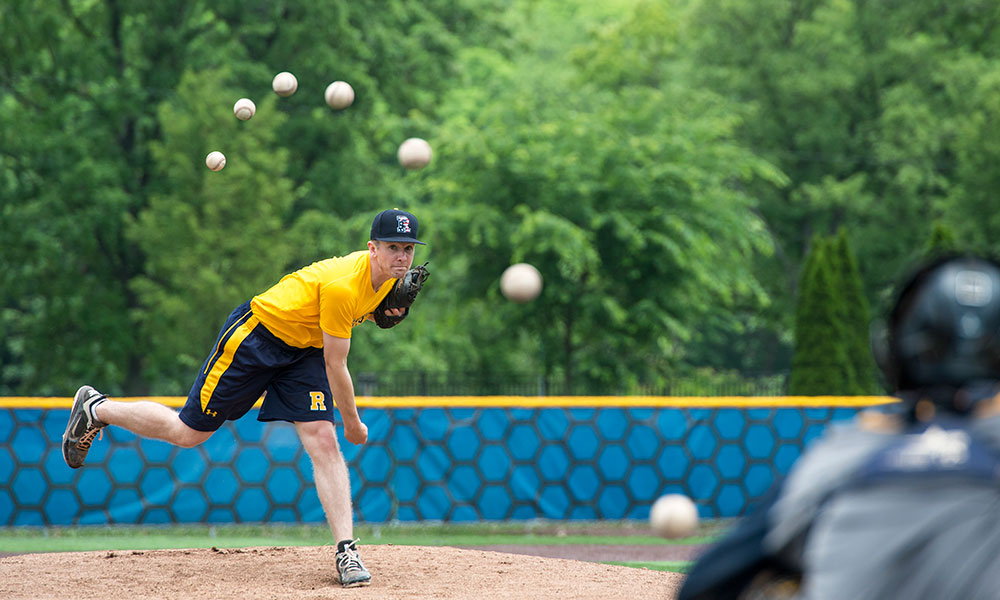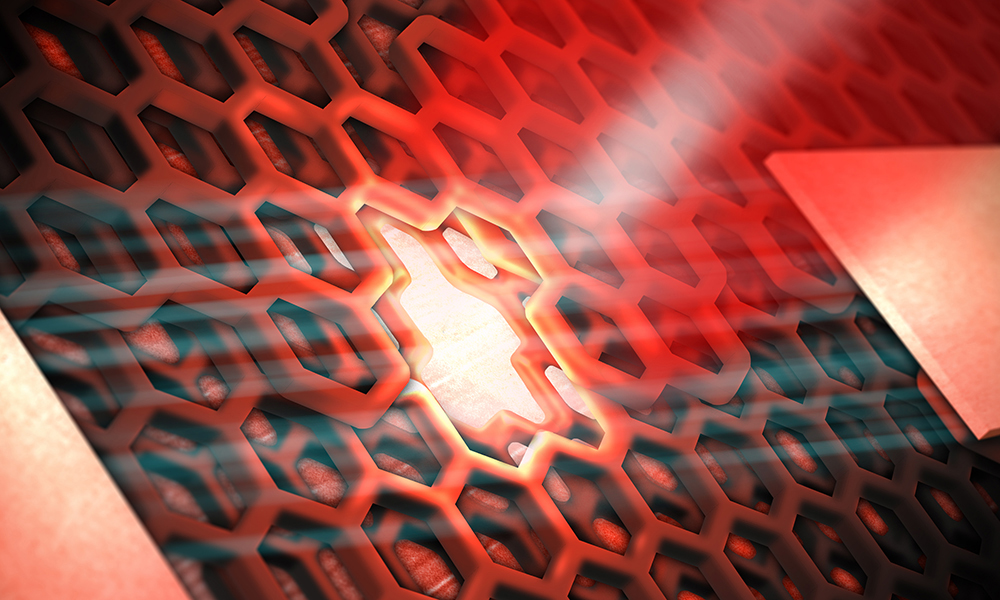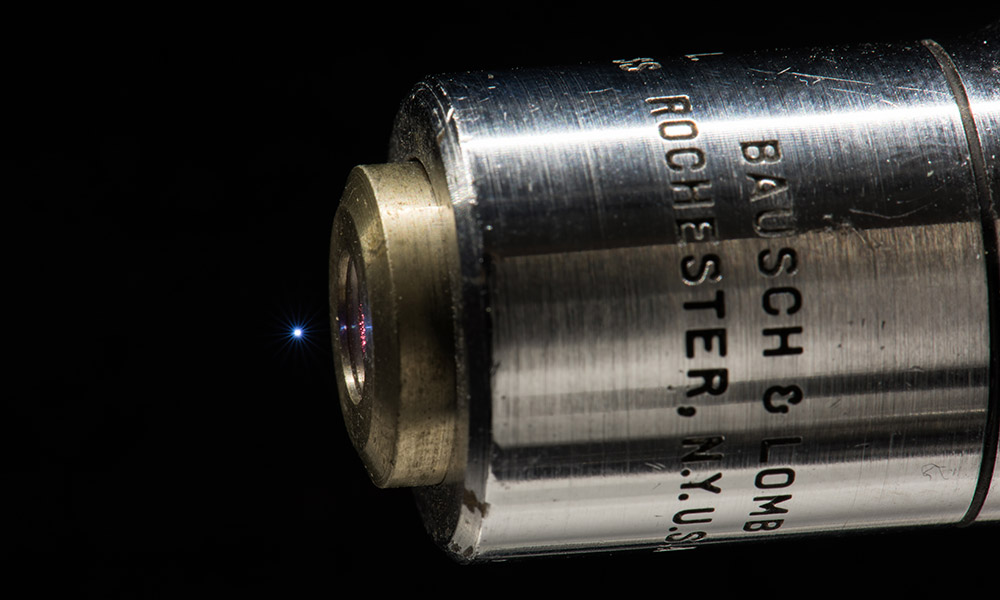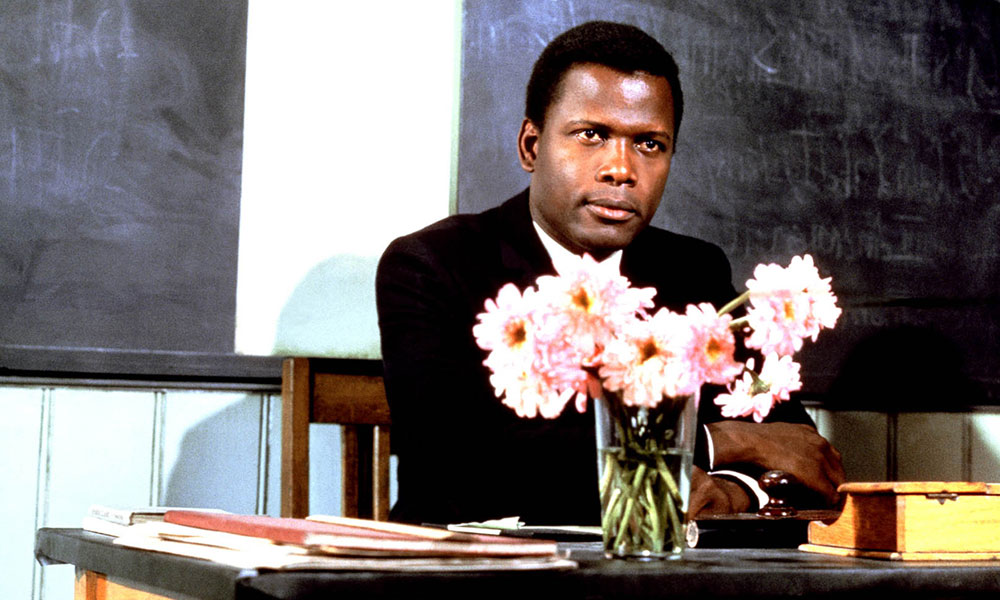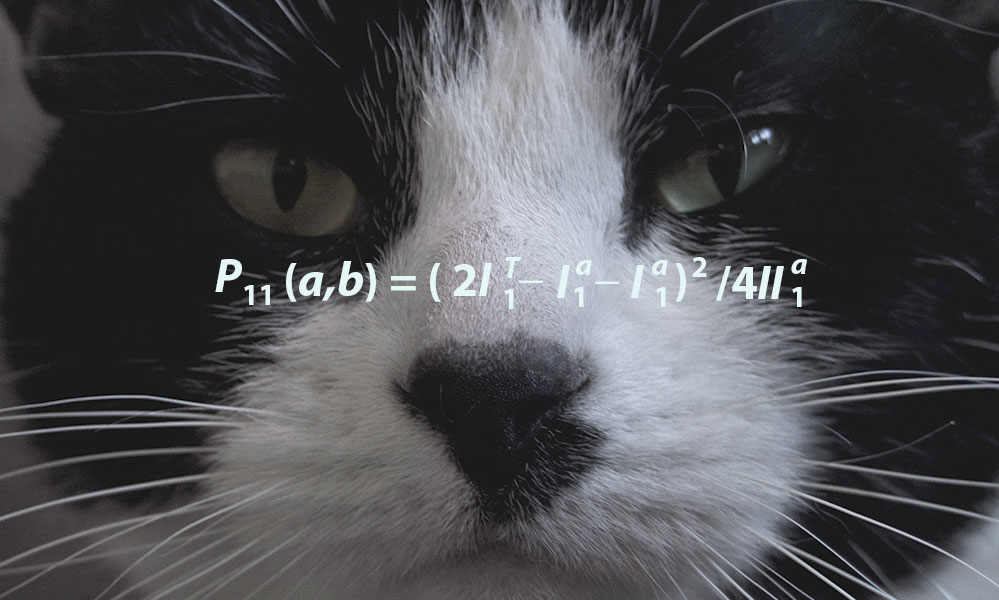
Science & Technology
Drawing a line between quantum and classical: Bell’s Inequality fails test as boundary
July 21, 2015
The best guide to the boundary between our everyday world and the “spooky” features of the quantum world has been a theorem called Bell’s Inequality, but now a new paper shows that we understand the frontiers of that quantum world less well than scientists have thought.

